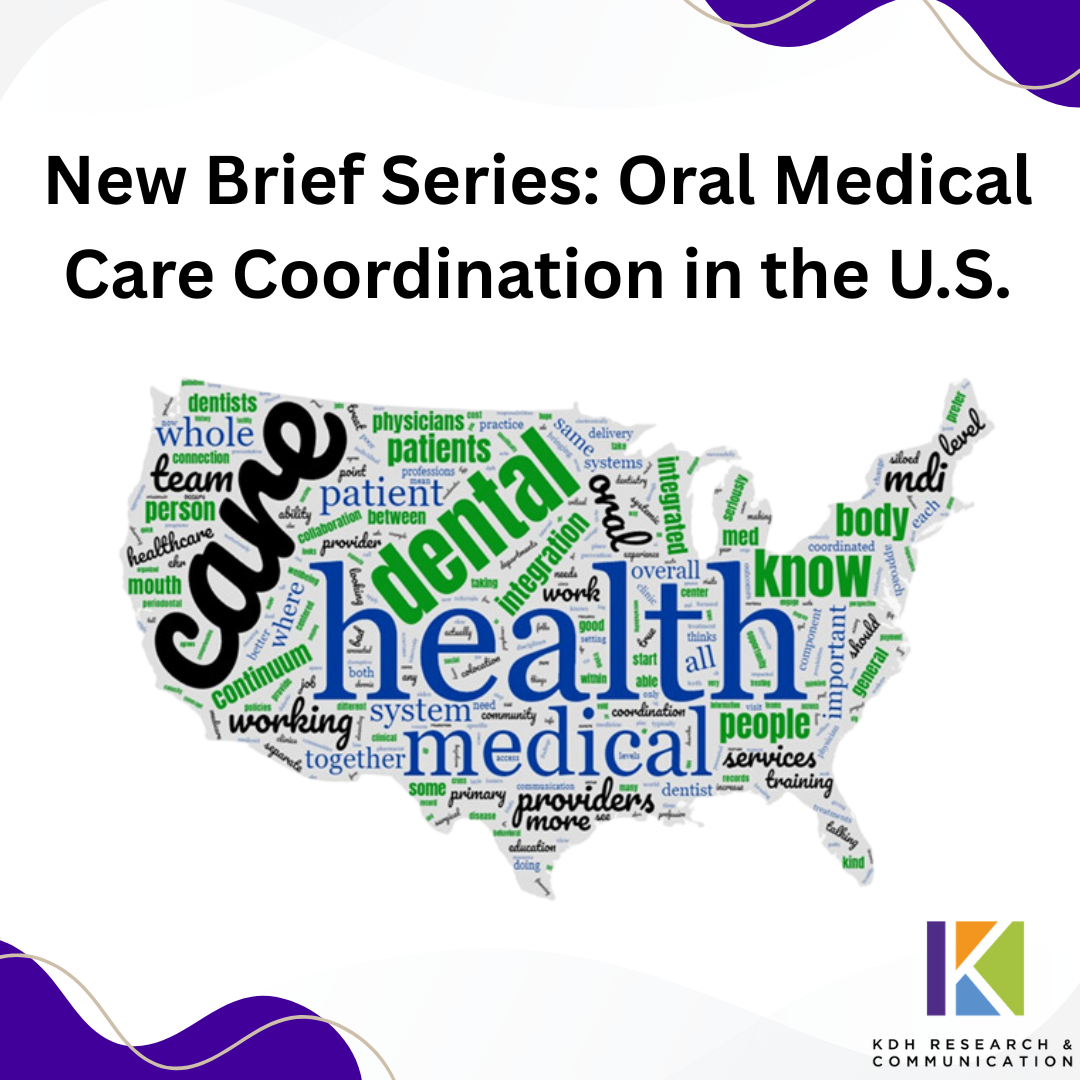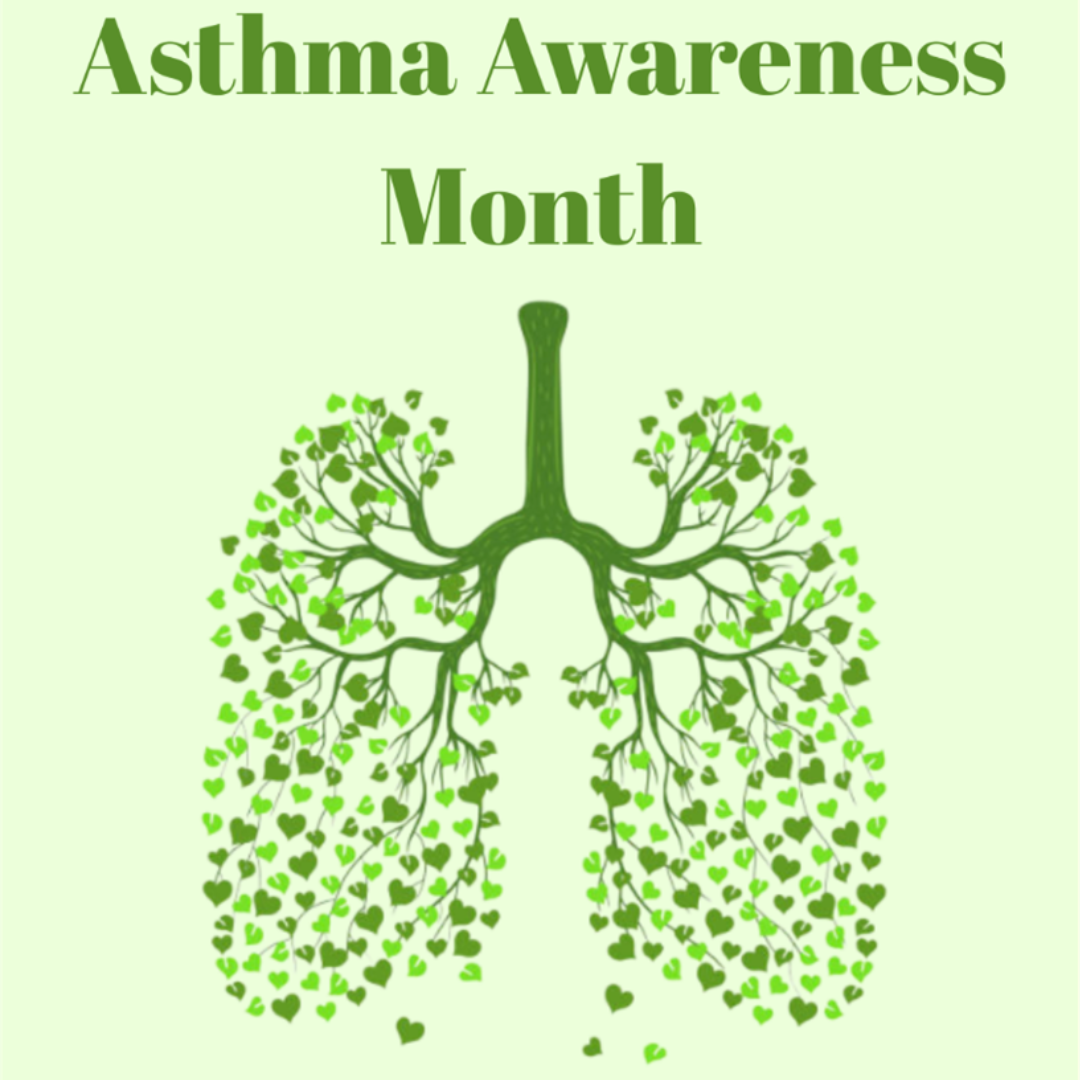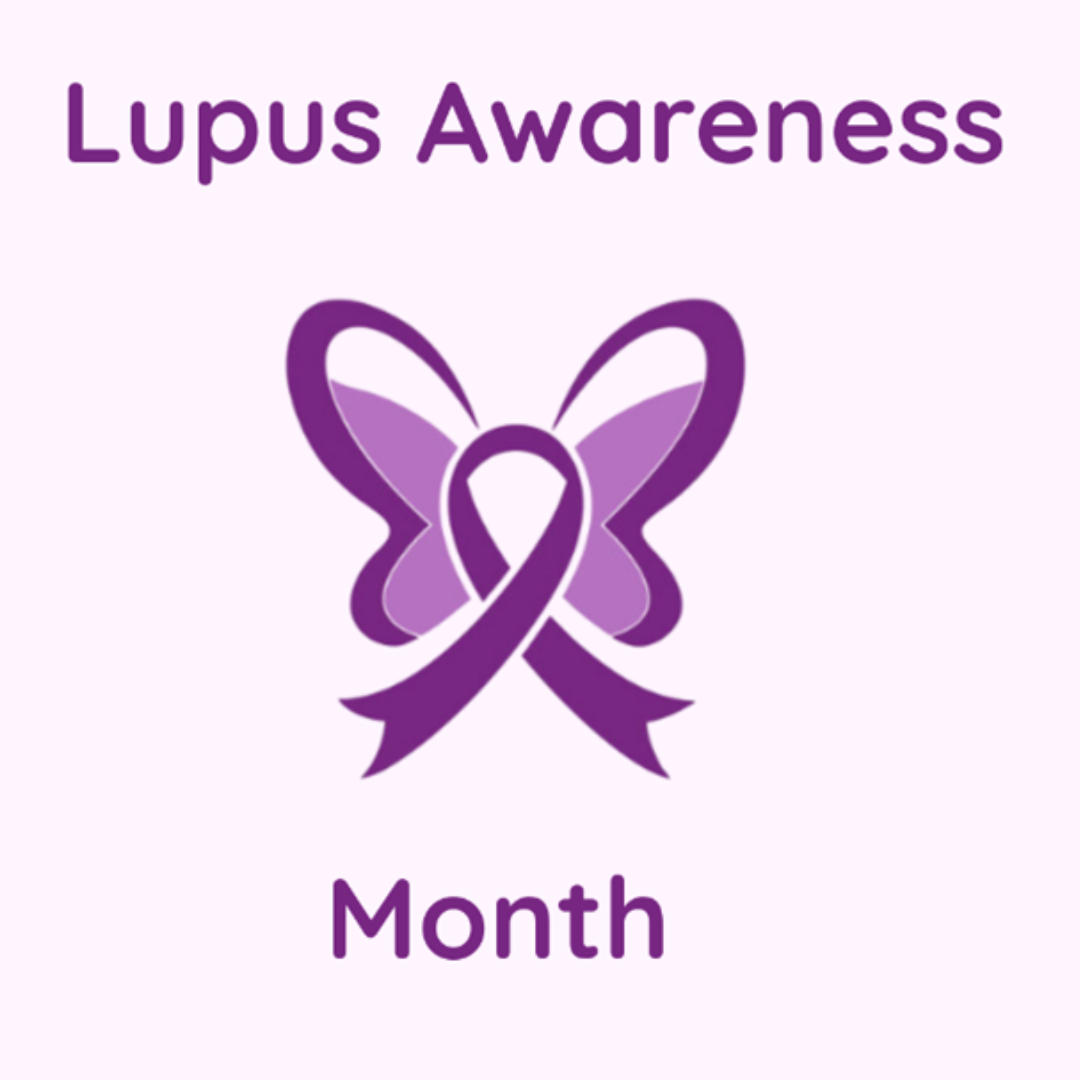Last fall, KDHRC shared, “Oral Medical Care Coordination: A Systematic Literature Review and Guide Forward,”…

Gender Differences in Severity and Parental Estimation of Adolescent’s Pandemic Related Stress in the United States
Research has consistently shown that female adolescents have experienced worse pandemic related stress than males. While a multitude of social, biological, and behavioral factors help explain gender differences in pandemic related mental wellness, we wondered whether parents’ interpretations of their children’s stress levels could also play a factor in this discrepancy. A parent’s ability to accurately track their child’s stress levels likely increases the likelihood a problem is acknowledged and addressed as it arises. Therefore, we assessed how parents’ misestimation of their adolescent children’s self-reported pandemic related stress levels related to the child’s gender.
We used the most recently available PATH study data from wave 5.5 (collected during the COVID-19 pandemic) to explore gender differences in self-reported pandemic related stress and whether parental estimation of their adolescent’s stress levels differed depending on their child’s gender. We employed a series of logistic regression models accounting for a range of sociodemographic and relevant personal characteristics known to be associated with pandemic stress.
We found:
- Female adolescents had 52% higher odds of self-reporting moderate to severe pandemic stress compared to males.
- Female adolescents also had 32% higher odds of having parents underestimate their level of pandemic stress compared to males.
- Male adolescents had 38% higher odds of having parents overestimate their level of pandemic stress compared to females.
These findings are important to consider, as adolescents suffering from higher levels of pandemic stress may encounter more social and mental health struggles after transitioning back into normal life. If females have experienced higher degrees of pandemic stress and are more likely to have had their stress underestimated at home, then they are likely to have heightened vulnerability to detrimental health and behavioral outcomes. This is a public health concern that parents, counselors, and educators should have in mind when considering how to best support their adolescent children during the transition back to normal life.



